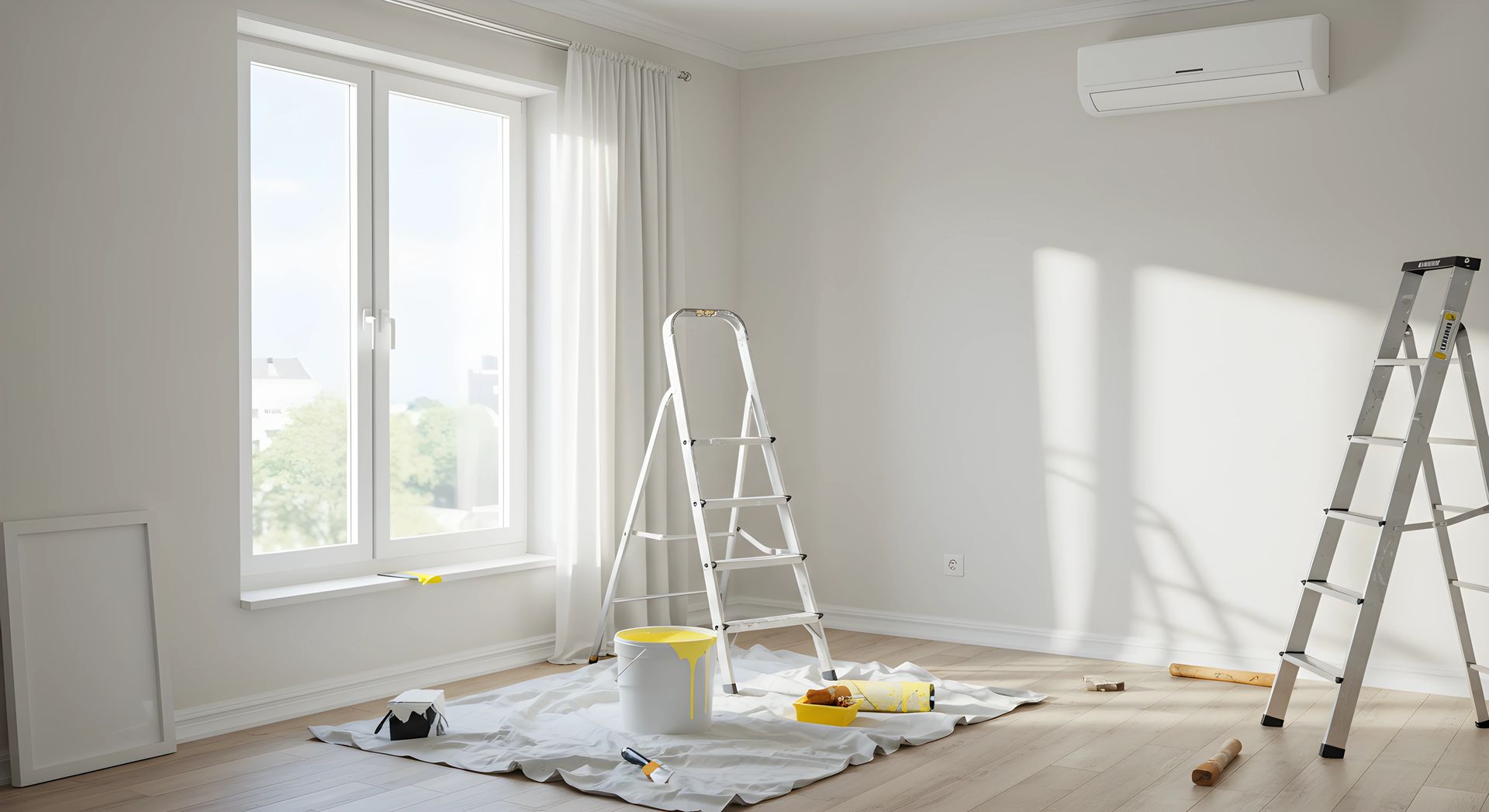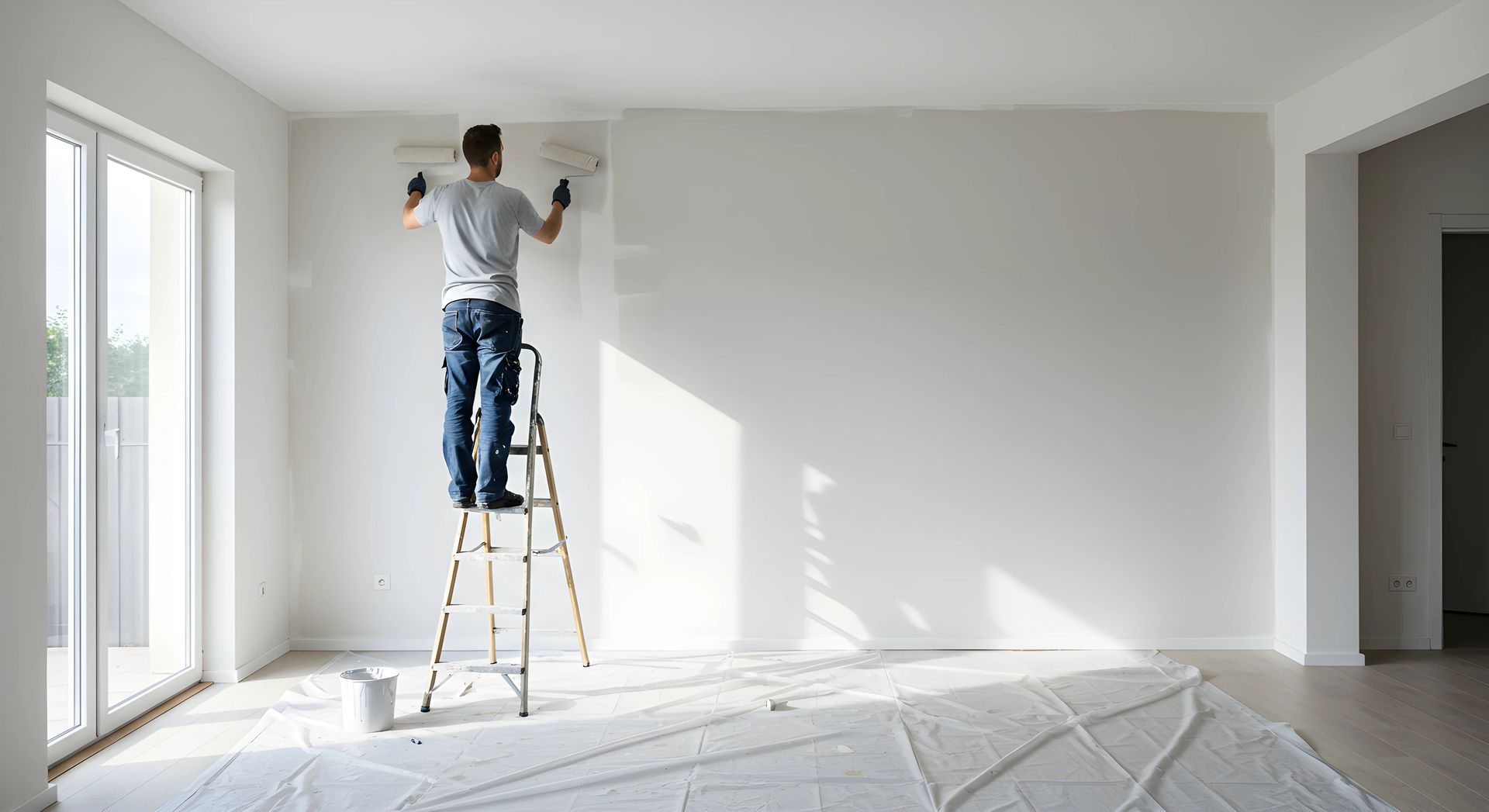Choosing Interior Paint: Essential Tips for Your Home
Selecting the right interior paint can significantly impact the aesthetics and durability of your home's interiors. With numerous options available, understanding key factors is crucial. This guide offers insights into selecting interior paint, ensuring you make informed decisions for your home.
Key Considerations:
When choosing interior paint, consider these essential factors:
Paint Finish:
Interior paints come in various finishes, each offering unique properties such as sheen, durability, and ease of cleaning. Choose a finish based on the room's function and your preferences.
Color Selection:
The color of your paint sets the ambiance of a room. Consider factors like natural light, room size, and existing decor when selecting colors. Testing paint samples helps visualize the final look.
Paint Quality:
Invest in high-quality paint for better coverage, durability, and color retention. While premium paints may cost more upfront, they require fewer coats and provide long-lasting results.
Top Interior Paint Options:
Explore these top-rated interior paints known for quality and performance:
Sherwin-Williams Duration Home Interior Acrylic Latex:
Known for durability and coverage, this paint offers advanced stain resistance, ideal for high-traffic areas.
Benjamin Moore Regal Select Interior Paint:
With smooth application and long-lasting color, this paint resists mildew and stains.
Behr Premium Plus Ultra Interior Paint:
This paint combines paint and primer, providing excellent adhesion, coverage, and mildew resistance.
Valspar Signature Interior Paint:
Offering a wide range of colors, this paint delivers excellent coverage and durability.
PPG Diamond Interior Paint:
A budget-friendly option with reliable performance and excellent coverage.
Choosing the right interior paint involves considering factors like finish, color, and quality. By selecting high-quality paint that meets your needs, you can achieve stunning results. Whether prioritizing durability, color vibrancy, or ease of application, there's a paint option to suit every preference and budget.



